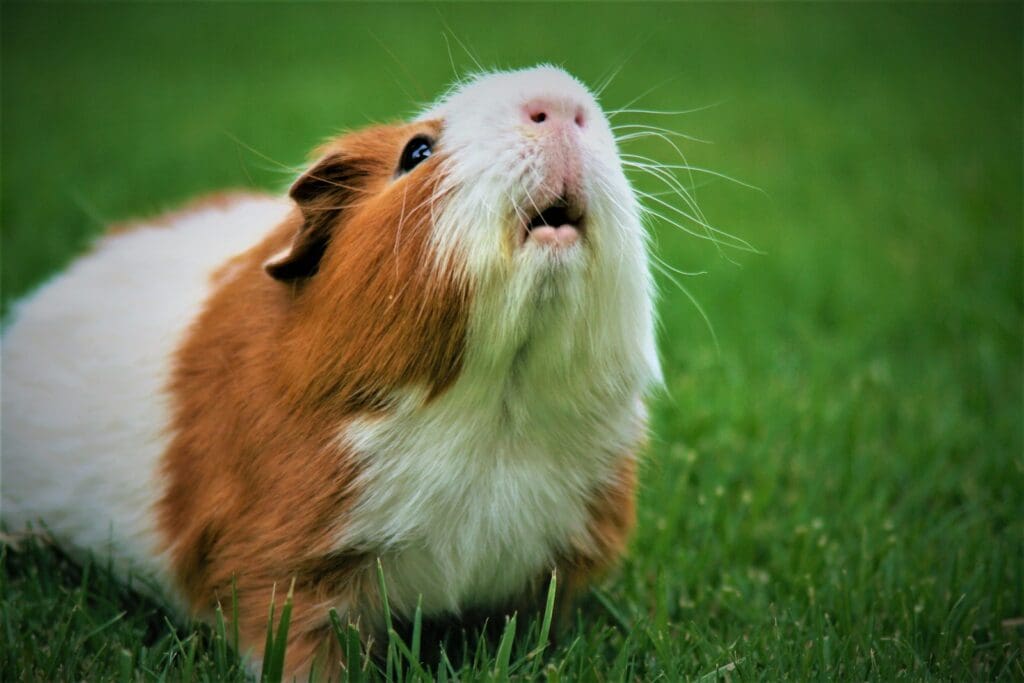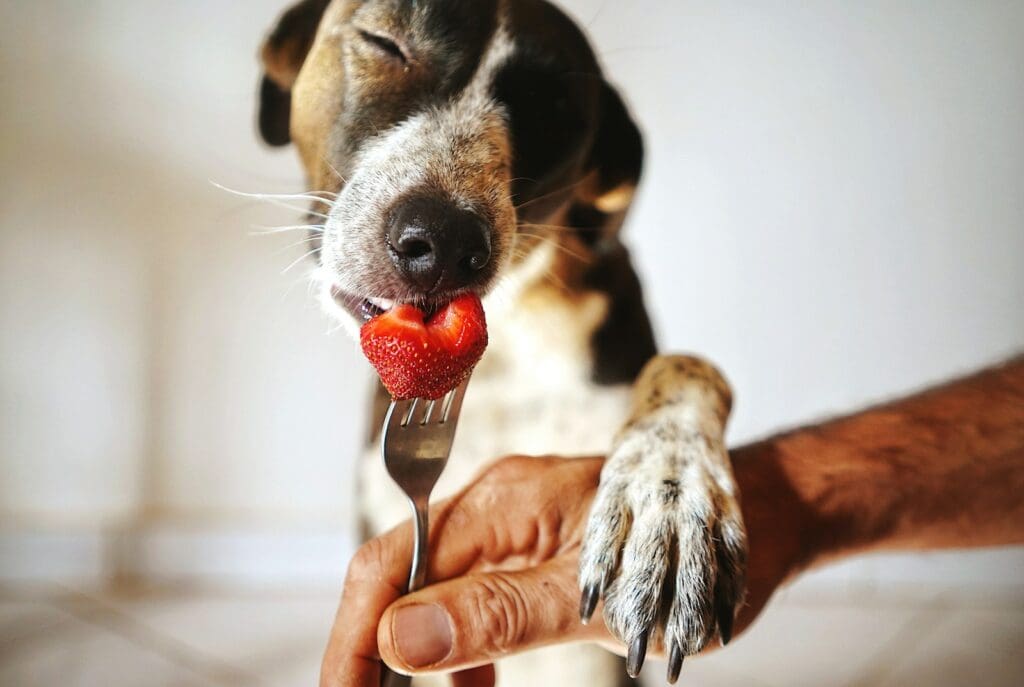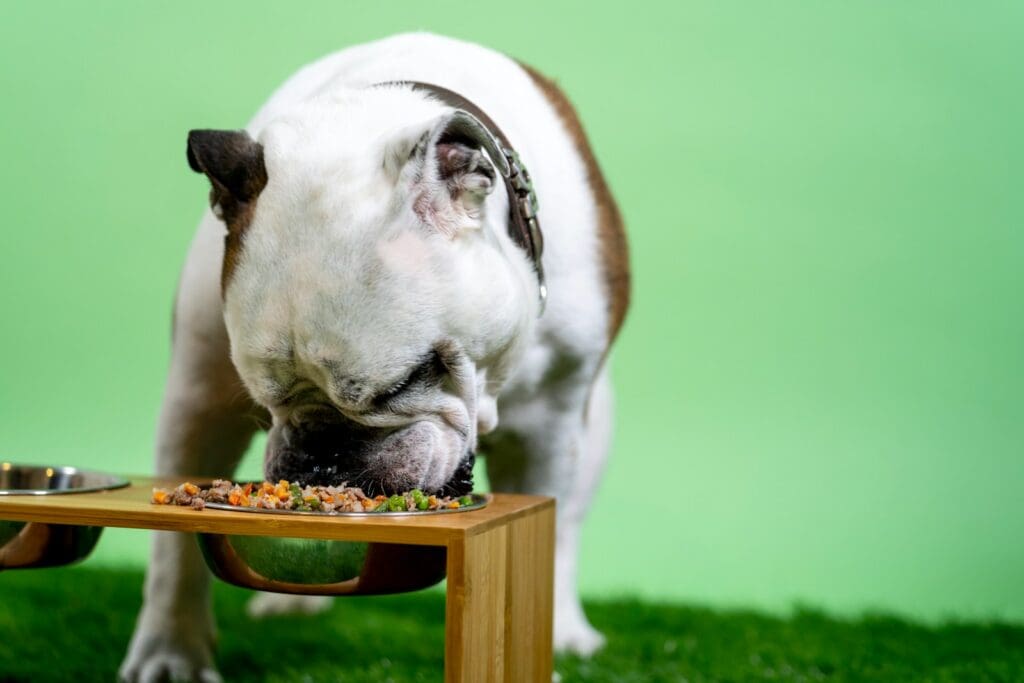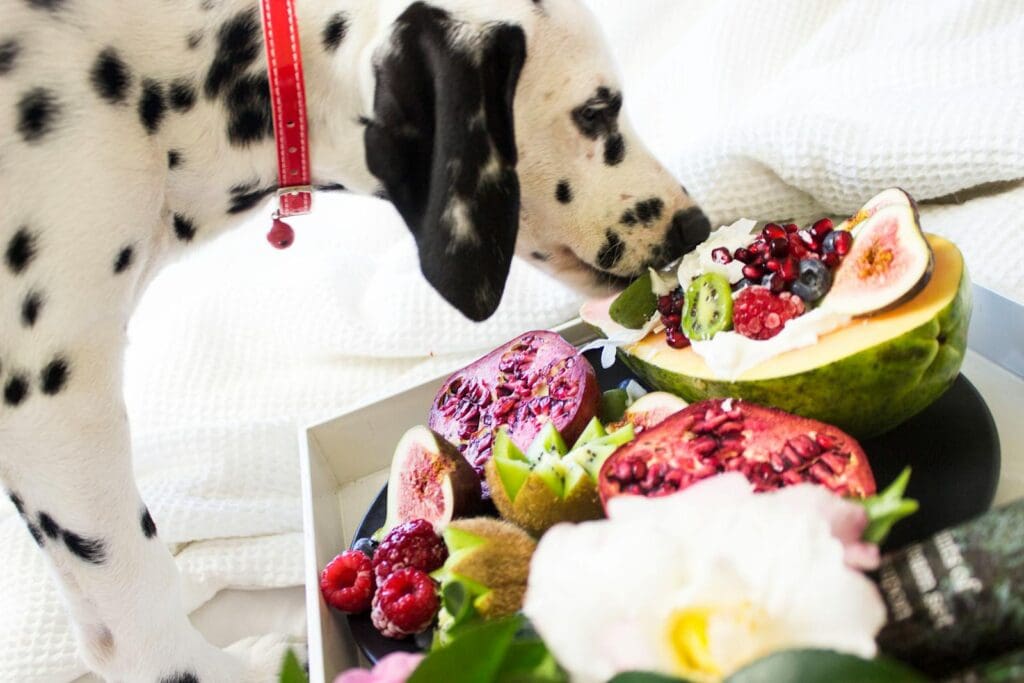Many practicing vegetarians want to extend this lifestyle to their pets. And many pets truly are naturally vegan. However, precautions are needed for dogs and cats. Here are 10 vital things you must know about vegetarian pet diets.
10. Can Your Dog Be Vegetarian?

This is controversial. Dogs are omnivores; they can eat both meat and plant products. However, the British Veterinary Association does not recommend it. Conversely, the University of Illinois gave it a thumbs up. According to their study, dogs can be vegan with a carefully formulated diet. Do careful research – some fruits, nuts, and vegetables are toxic to dogs.
9. Can Your Cat Be Vegetarian?

This one is a hard: NO. Cats are obligate carnivores, meaning they need to eat meat to survive. The simplest explanation is that their digestive systems and metabolisms adapted to eating meat. These systems aren’t geared to handling vegetarian diets and they will not thrive on it. Cats require essential nutrients that only meat can provide.
8. Which Pets do Well on Vegetarian Diets?

There are many animals people keep as pets that can thrive on a vegan diet. The list includes rabbits, guinea pigs, gerbils, hamsters, chinchillas, degus, rats, mice, tortoises, green iguanas, chuckwallas, spiny-tailed lizards, and many birds including chickens, parakeets, finches, and parrots. Horses are technically herbivores, meaning they only eat plants. They primarily eat grass, hay, grains, fruits, and vegetables.
7. Transitioning Your Dog to a Vegan Diet

Before changing your dog’s diet in any manner, always speak to your veterinarian first. In general, transitioning your dog to any new diet should occur gradually over 5-10 days. Begin with a mix of one-third new food to two-thirds old food. Then gradually increase the percentage of new food. Switching too quickly can cause stomach upset and other health problems.
6. Pets May Have Allergies

Some pets can develop allergies to certain plant products. It’s important to familiarize yourself with common plant-based allergies that could occur with what you are feeding your dog. Typical signs would be itchy, watery, or red eyes, eye discharge, runny nose, sneezing, coughing, or wheezing. If you notice any of these persistent symptoms, contact your veterinarian immediately.
5. Watch for Anemia

One danger in placing a dog on a vegetarian diet is the potential for anemia due to a lack of iron and protein. Dogs typically get an abundant supply of these nutrients in meat. Plant-based diets may fall short of providing these essential needs. Symptoms of anemia include weakness, weight loss, rapid breathing, blood in stools, frequent colds, or infections.
4. Watch for Nutrient Deficiencies

Vegetarian diets can be low in essential vitamins that dogs need such as A, B12, and D. Vegan diets can also fail to produce enough amino acids. Dogs on vegetarian diets can be lacking in minerals such as calcium, phosphorus, potassium, and zinc. Unrefined nuts, legumes, unrefined cereals, and oleaginous seeds may not be enough to replace these essential nutrients.
3. Vegan Versus Vegetarian

Vegan is a stricter form of vegetarianism that excludes all animal products, such as dairy and eggs. For dogs, excluding eggs and dairy means the loss of another important source of essential vitamins, nutrients, amino acids, and protein. For other pets, many of them already tend to eat mostly vegan foods.
2. Vegetarian Pet Food Options

The selection of vegetarian pet food options is vast. They can be found in pet stores or online. For example, there are plant-based dry dog foods available. You can even make your own vegetarian pet food to ensure your pet’s food is fresh and natural. Whichever path you choose, it’s always vital to consult your veterinarian first.
Read More: 10 Ways to Extend Your Dog’s Life
1. Consider a Flexitarian Diet for Your Dog

An excellent alternative to placing your dog on a vegetarian diet is a hybrid diet called flexitarian. This means feeding your dog a mostly vegetarian diet with just enough meat, eggs, and dairy to satisfy their nutritional needs. This ensures your dog gets enough essential vitamins, minerals, amino acids, and proteins for good health. Seek advice from your vet first.
Read More: Is Your Dog on the Right Diet?





